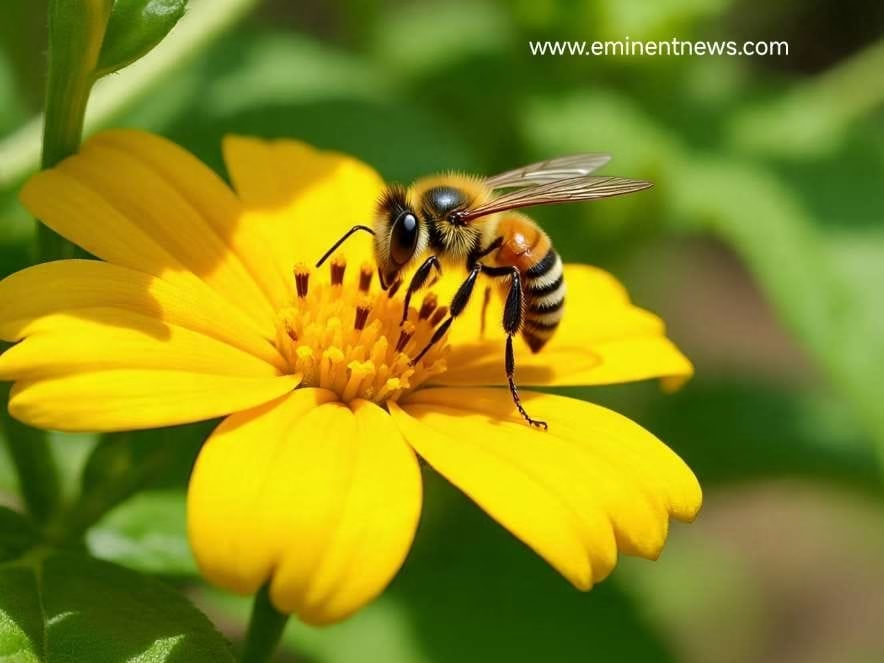Recent research highlights the significant role of stingless bees in increasing crop yield and quality.
A study from Nagaland University identified two species, Tetragonula iridipennis and Lepidotrigona arcifera, as effective pollinators . The study showed that introducing these bees in greenhouse conditions improved crop yields and quality for various plants .
Specifically, in chilli crops (Caspicum annuum), pollination by stingless bees increased fruit set and healthy fruits . For king chilli, the fruit set percentage increased significantly compared to non-pollinated crops . Seed weight, an indicator of viability, also increased with stingless bee pollination .
This research suggests that promoting stingless bee rearing can be beneficial for both honey production and crop pollination, contributing to increased income and sustainable livelihoods for farmers . While stingless bees don’t sting, they can bite and attack when disturbed . They build their nests from wax and resin and store honey in pots, unlike common honeybees that store it in combs .
Stingless bee honey has been used for medicinal purposes, such as treating wounds, burns, and digestive issues . Propolis from stingless bees has also been used as a first aid for snake or spider bites
Stingless bees are found in various regions of India, with traditional rearing practices in North Eastern and Southern states . Scientific domestication techniques, including the development of scientific hives and mass multiplication of colonies, are being advanced to further utilize these bees for pollination and other bee products . for environment news click www.eminentnews.com




















